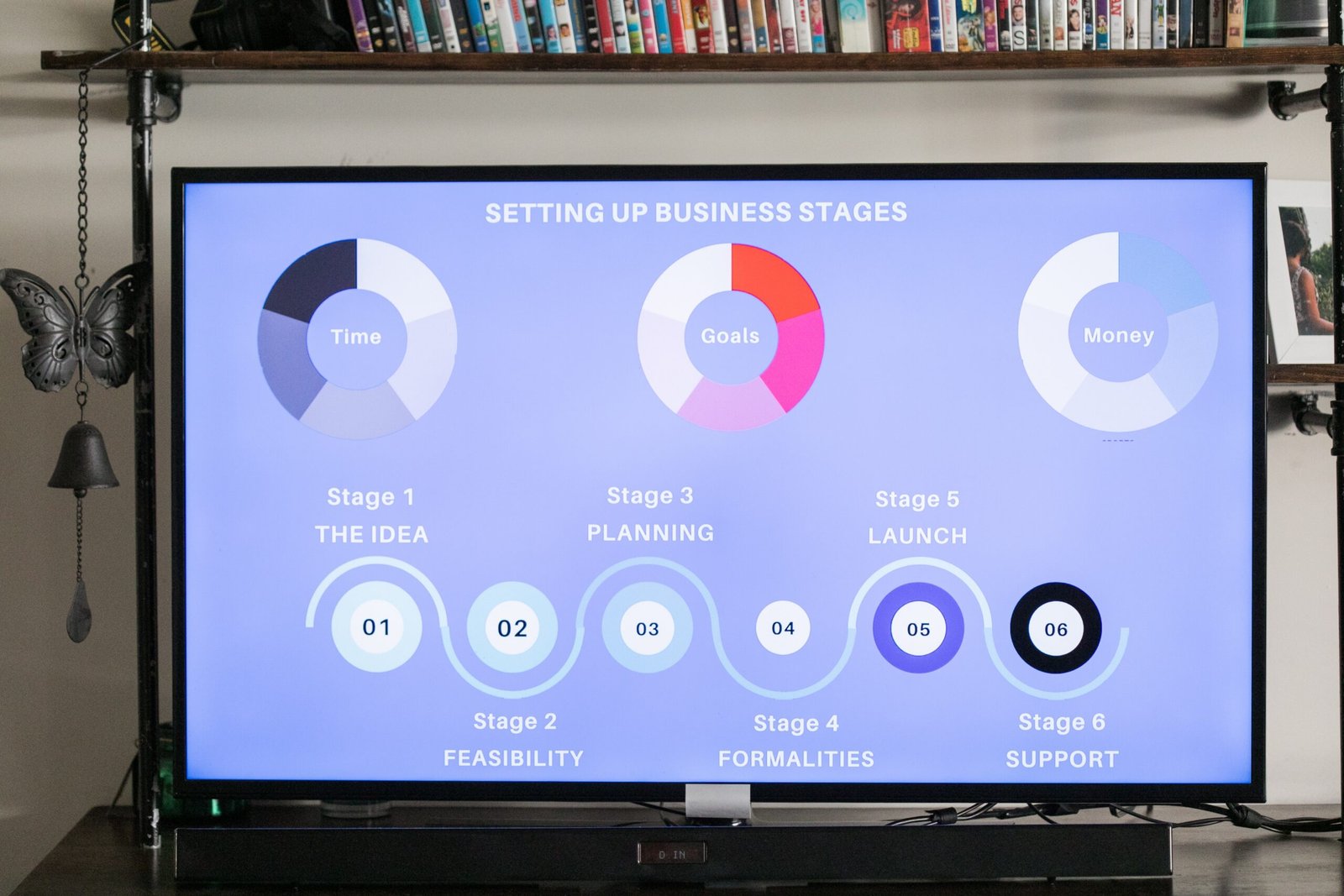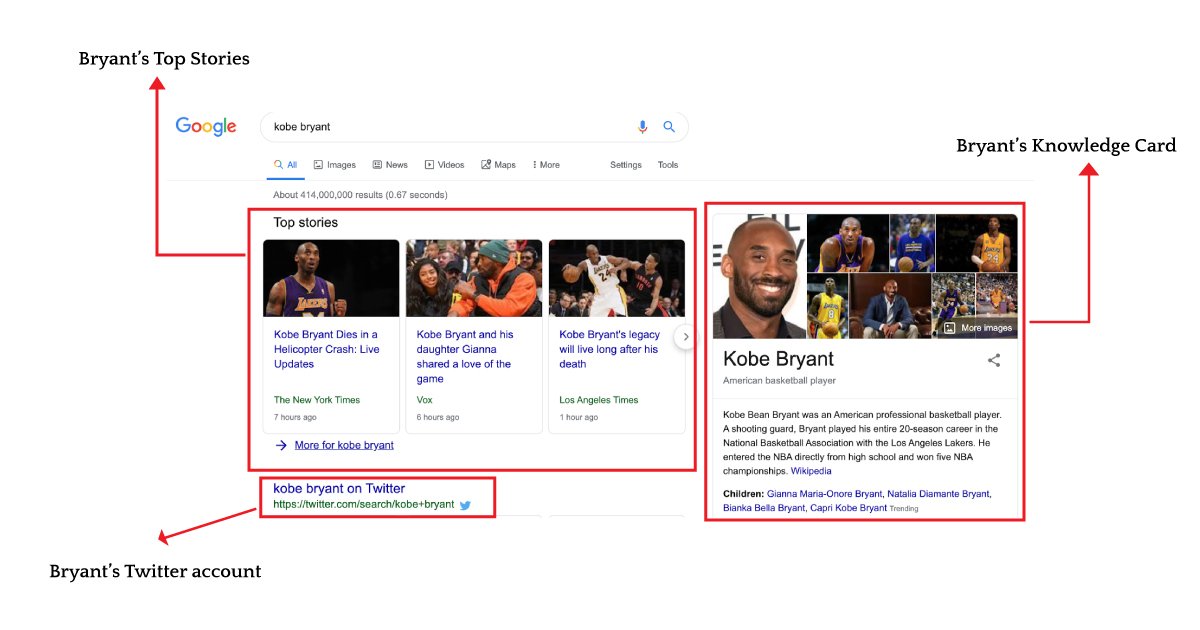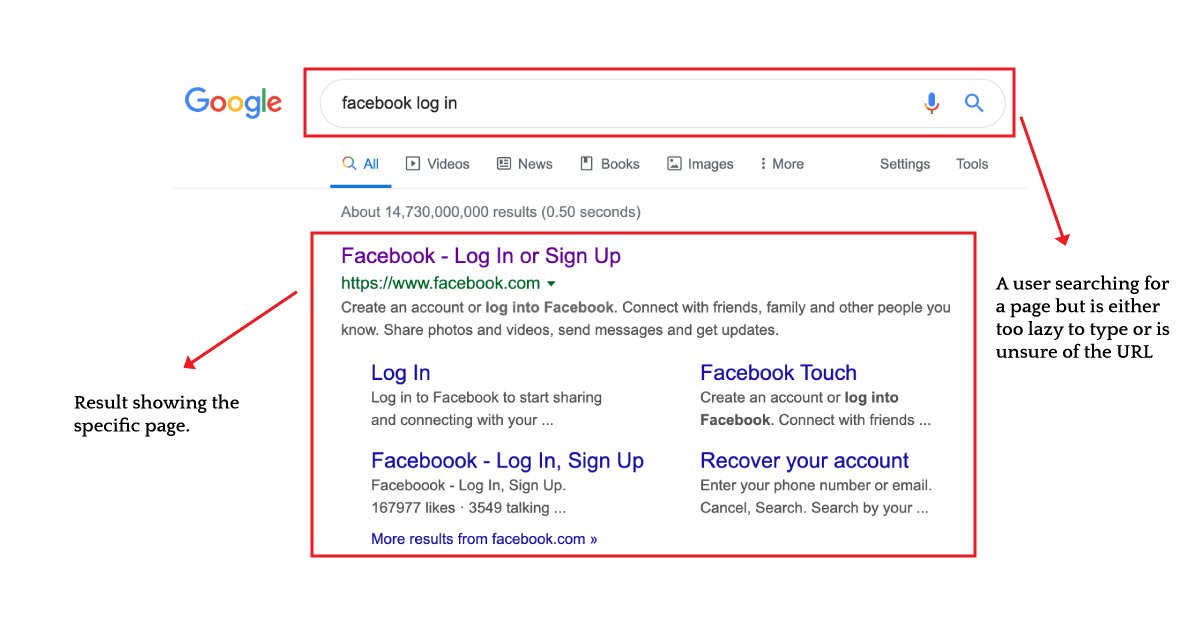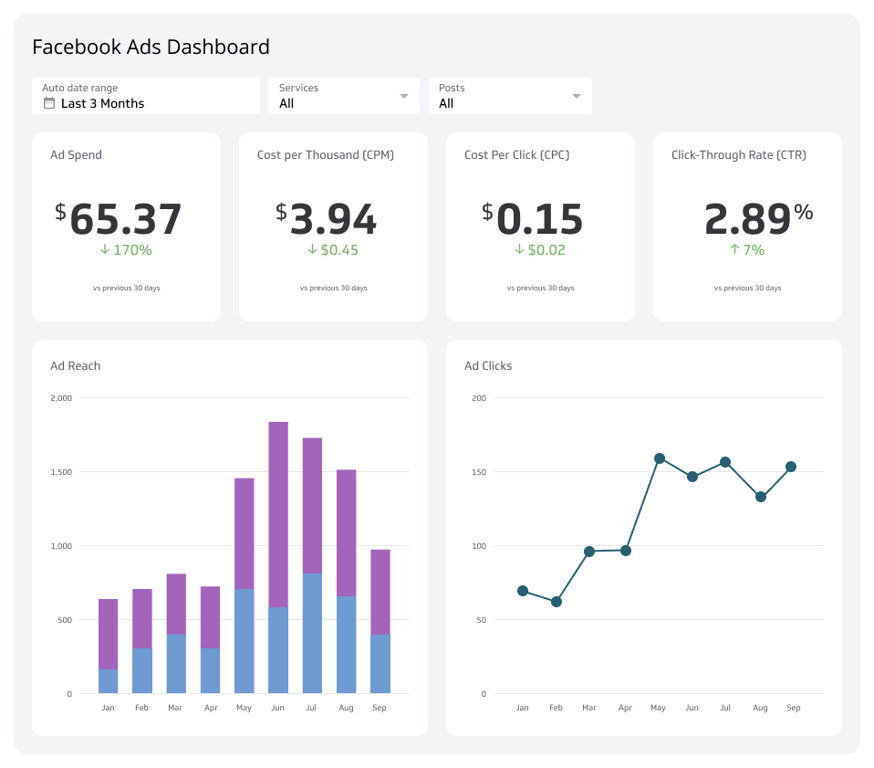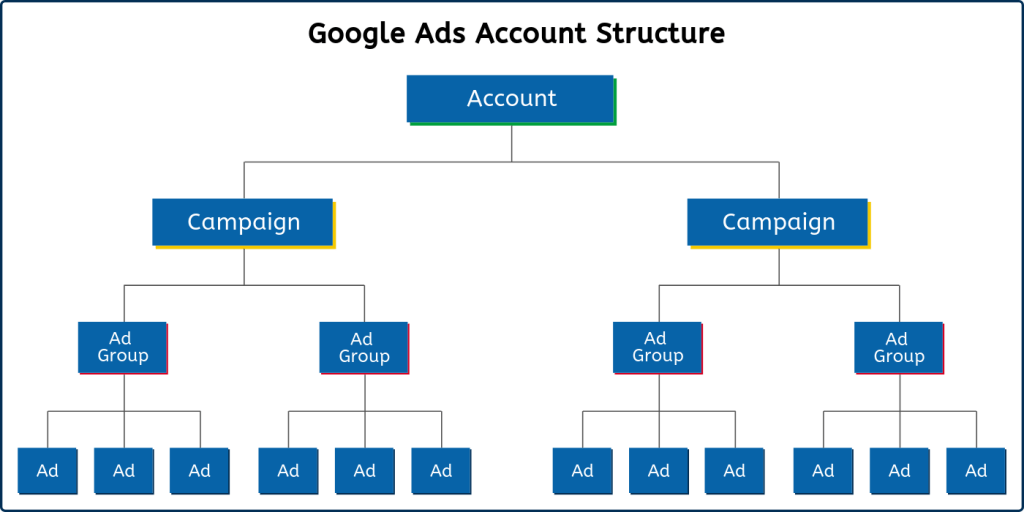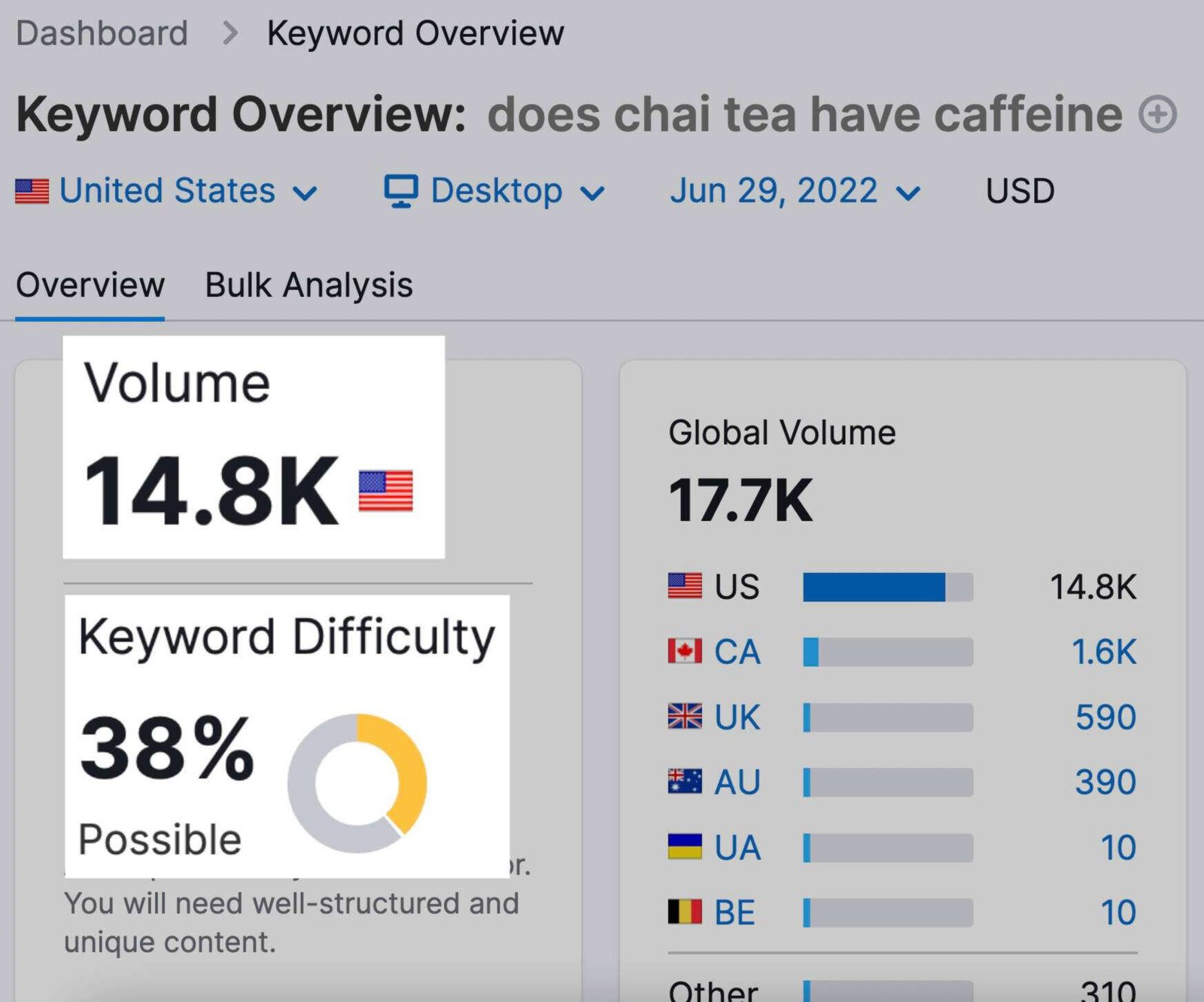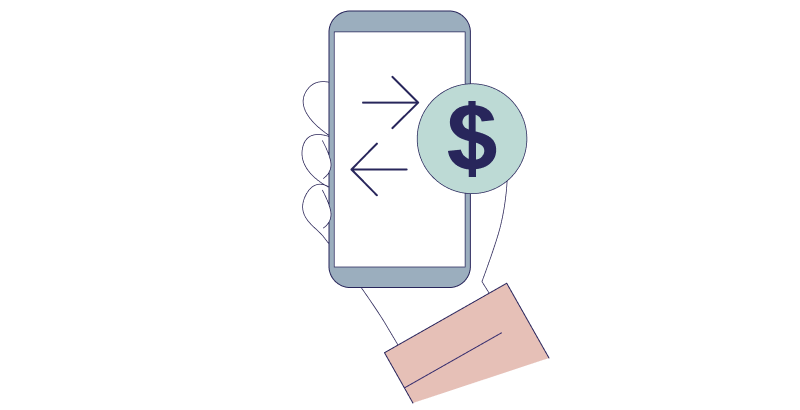Personalization in Email Marketing
How to Make Your Emails More Targeted and Relevant?
What is E-mail Marketing?
Email marketing is a type of digital marketing that involves sending commercial messages to a group of people through email. The main goal of email marketing is to promote a product or service, generate leads, and increase sales. It’s a highly effective marketing strategy because it allows businesses to reach their target audience directly and build long-lasting relationships with their customers.
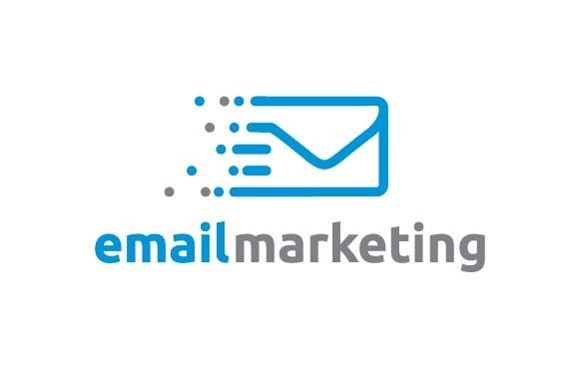
Types of Email Marketing:
There are several types of email marketing, including:
- Newsletter emails: regular emails sent to subscribers with news, updates, and promotions.
- Promotional emails: emails that promote a specific product or service.
- Transactional emails: automated emails sent in response to a user action, such as a purchase confirmation or password reset.
- Welcome emails: sent to new subscribers to introduce them to the business and its products or services.
- Cart abandonment emails: sent to users who have abandoned their shopping carts to encourage them to complete their purchase.
Personalization in Email Marketing:
Personalization is the process of tailoring marketing messages to individual users based on their interests, behavior, and demographics. Personalization in email marketing involves using data such as subscriber behavior, purchase history, and location to create targeted and relevant messages. By personalizing emails, businesses can increase engagement and conversions.
Tips for Personalizing Emails:
- Use subscriber data to create targeted messages
- Segment your email list based on subscriber behavior and demographics
- Personalize subject lines to grab the subscriber’s attention
- Use dynamic content to show different content based on subscriber behavior
- Send emails at the right time to increase engagement
The Future of Email Marketing:
The future of email marketing looks promising, with advancements in personalization, automation, and AI. Personalization is a key factor in email marketing, as it allows businesses to tailor their messages to each individual subscriber. With automation, businesses can streamline their email marketing efforts and save time and resources. AI can be used to analyze data and improve email marketing campaigns, resulting in better engagement and conversions.
In conclusion, personalization is a crucial aspect of email marketing. By tailoring messages to individual subscribers, businesses can increase engagement, conversions, and build long-lasting relationships with their customers.
At Rewokers Advertising, we specialize in creating personalized email marketing campaigns that deliver results. Contact us today to learn more about our services and how we can help your business grow.




